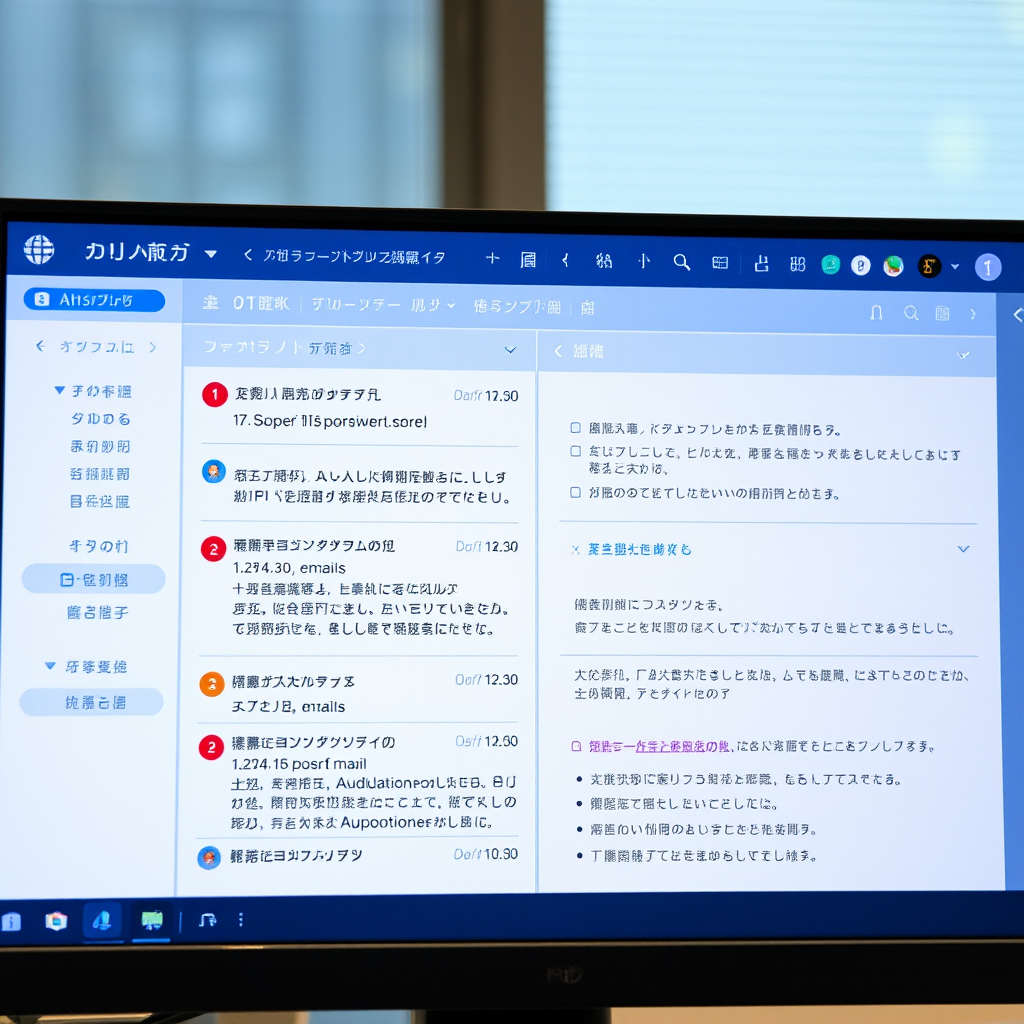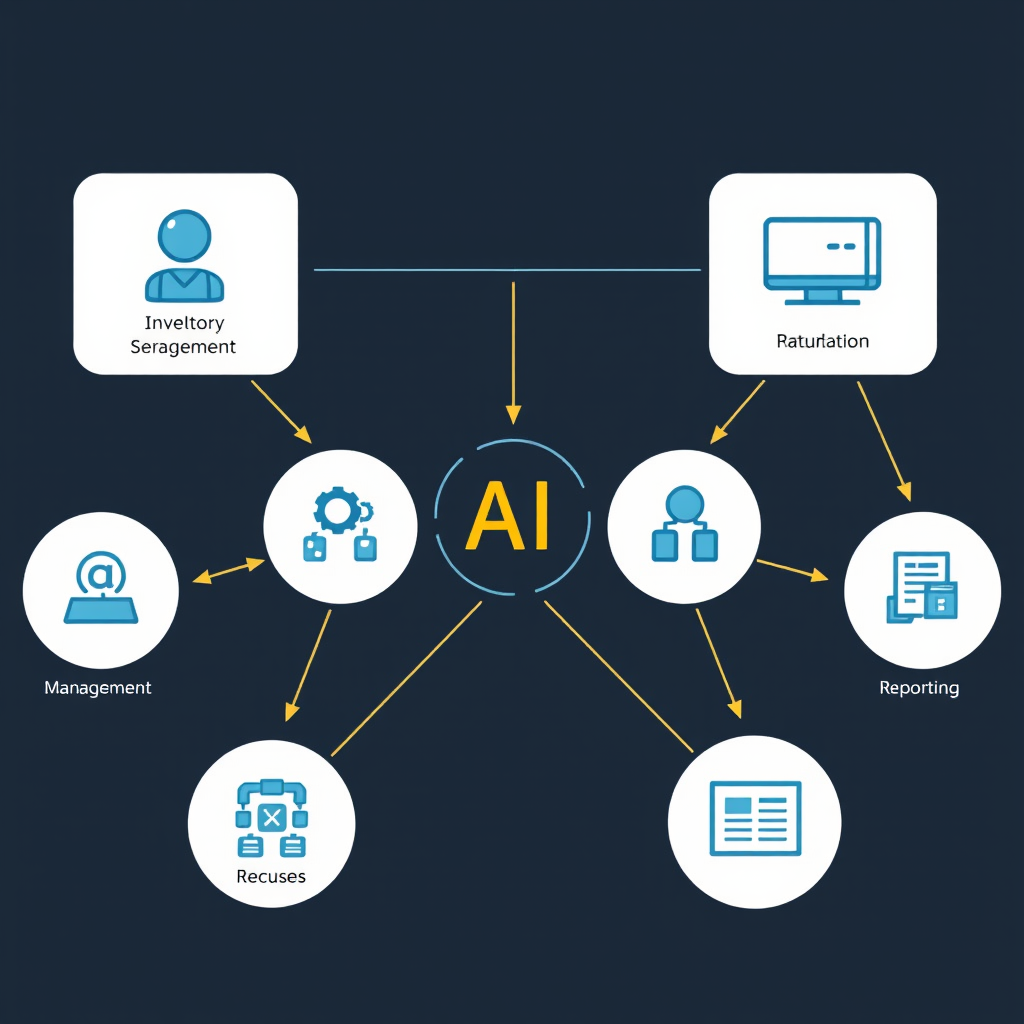5 Essential AI Tools Every Japanese Professional Should Master in 2024

1. Intelligent Document Processing Systems
Japanese businesses handle enormous volumes of documentation daily. AI-powered document processing tools can automatically extract, categorize, and analyze information from contracts, invoices, and reports. These systems understand both Japanese and English text, making them perfect for international companies operating in Japan.

Implementation typically reduces document processing time by 60-70%, allowing teams to focus on strategic decision-making rather than manual data entry.
2. AI Time Management Course Integration Platforms
Modern AI time management course platforms combine learning with practical application. These tools analyze your work patterns, suggest optimal scheduling, and provide personalized productivity recommendations based on your role and industry.
For Japanese professionals, these platforms often include cultural considerations such as nemawashi (consensus-building) time allocation and ringi (decision-making process) scheduling optimization.
Key Benefits:
- Automated calendar optimization
- Meeting efficiency analysis
- Personalized productivity insights
- Integration with Japanese business practices
3. Automated Email and Communication Assistants
Email management consumes significant time for Japanese professionals, especially when handling both domestic and international correspondence. AI communication assistants can draft responses, prioritize messages, and even translate between Japanese and English while maintaining appropriate business etiquette.

These tools understand keigo (honorific language) and can adjust tone and formality levels automatically, ensuring culturally appropriate communication.
4. Predictive Analytics for Business Planning
AI-driven predictive analytics tools help Japanese businesses forecast market trends, customer behavior, and operational needs. These systems process vast amounts of data to provide actionable insights for strategic planning.
Particularly valuable for companies navigating Japan's unique market dynamics, these tools can predict seasonal fluctuations, consumer preferences, and economic indicators specific to the Japanese market.
Small Enterprises
Cost: ¥15,000-30,000/month
ROI: 200-300% within 6 months
Medium Enterprises
Cost: ¥50,000-100,000/month
ROI: 150-250% within 4 months
5. Workflow Automation Platforms
Comprehensive workflow automation platforms integrate multiple business processes, from customer relationship management to inventory control. These AI productivity tools learn from your existing workflows and suggest optimizations.

For Japanese businesses, these platforms often include compliance features for local regulations and integration capabilities with popular Japanese business software like kintone and Cybozu.
Implementation Strategy for Japanese Businesses
Successful AI tool implementation requires careful planning and cultural consideration. Start with pilot programs in non-critical departments to build confidence and gather feedback.
Phase 1: Assessment and Planning (Months 1-2)
- Evaluate current workflow inefficiencies
- Identify departments with highest automation potential
- Calculate baseline productivity metrics
- Secure stakeholder buy-in through nemawashi process
Phase 2: Pilot Implementation (Months 3-4)
- Deploy selected AI productivity tools in test environment
- Train core team members on new systems
- Monitor performance metrics and user feedback
- Adjust configurations for Japanese business practices
Phase 3: Full Deployment (Months 5-6)
- Roll out successful tools company-wide
- Provide comprehensive AI time management course training
- Establish ongoing support and optimization processes
- Measure ROI and efficiency improvements
Cost-Benefit Analysis for SMEs
Small to medium enterprises in Japan can expect significant returns on AI tool investments. Based on implementation data from over 200 Japanese companies, the average efficiency improvement ranges from 35-45%.
| Company Size | Initial Investment | Monthly Costs | Efficiency Gain | Break-even Period |
|---|---|---|---|---|
| 10-50 employees | ¥500,000-1,000,000 | ¥50,000-100,000 | 35-40% | 4-6 months |
| 51-200 employees | ¥1,000,000-2,500,000 | ¥150,000-300,000 | 40-45% | 3-5 months |
| 201-500 employees | ¥2,500,000-5,000,000 | ¥400,000-800,000 | 45-50% | 2-4 months |
Future Outlook: AI in Japanese Workplaces
The adoption of AI productivity tools in Japan is accelerating, driven by labor shortages and increasing global competition. By 2025, experts predict that 80% of Japanese businesses will integrate at least three AI-powered systems into their daily operations.

Companies that invest in AI time management course training and comprehensive tool implementation today will have significant competitive advantages in the evolving digital landscape.
Ready to Transform Your Workflow?
The integration of AI productivity tools represents more than technological advancement—it's a strategic necessity for Japanese businesses competing in the global marketplace. Start your transformation journey today with proper planning, cultural consideration, and comprehensive training.
Remember: successful AI implementation is not about replacing human expertise but augmenting it with intelligent automation that respects Japanese business culture while driving unprecedented efficiency gains.